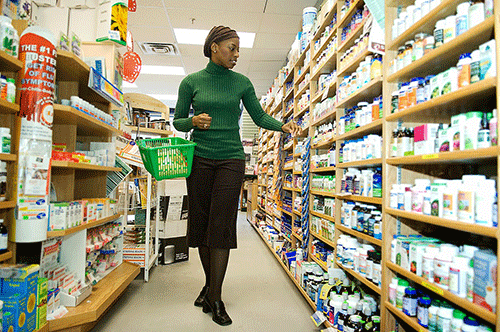Local economists yesterday warned the central bank’s decision to increase the repo rate by rate by 75 basis points to 5.50% is detrimental to domestic economic growth, could reverse valuable economic recovery gains made and will impact lower-income households the most.
Yesterday’s 75 basis point increase is the steepest increase Namibia has experienced during the past two decades since the rate was increased by up to 100 basis points in 2001 and 2002.
“The decision to increase repo at a time when the economy is beginning to crawl out of the recession is detrimental to the growth prospects of the country. The increase will reverse the economic gains achieved so far and frustrate the recovery process. The Bank of Namibia once again confirmed that the macroeconomic circumstances of Namibia are irrelevant and that maintaining the peg (with the South African Rand) at all cost is paramount,” commented Mally Likukela, an economist and MD of Twilight Capital.
Likukela also pointed out Namibian inflation is not demand-driven but rather supply-shortage driven hence his reasoning that using a demand-side policy to curb inflation is not only ineffective but it demonstrates a lack of understanding of the root cause of inflation.
Said Likukela: “The Bank has a window of opportunity to hold the repo rate steady, as the gap between the SA and Namibia is not wide enough to trigger capital outflow. The Bank ignored the red flags of financial repression in the economy, such as increasing non-performing loans, increasing default cases, etc.”.
Another economist, Klaus Schade, cautioned that this move by the central bank will increase the cost of capital for private households, businesses as well as for government.
“It will slow down the demand for goods (mainly imported goods) and services and hence overall economic activities. Lower-income households with outstanding loans will particularly be hard-hit since the increase puts pressure on their disposable income,” Schade explained.
He added it was Bank of Namibia’s intention to maintain the currency peg with the South African Rand and rein in rising inflation.
However, he concurred with Likukela and emphasised the currency peg is currently not under threat, since Namibia’s international reserves have increased.
Schade also noted that inflation, in particular food inflation, affects lower-income households more, since they spend a higher share of total income or consumption on food.
Said Schade: “Low-income households feel both the interest rate increase as well as rising inflation more than other households. Government could respond by increasing the tax threshold and the lower-income brackets, which would benefit at least low-income earners in the formal sector”.
The central bank’s Monetary Policy Committee (MPC) met on Monday and Tuesday this week to decide on the appropriate monetary policy stance to be implemented over the next two months.
The Bank of Namibia statement explained the decision was taken “to continue safeguarding the peg arrangement and thus anchoring inflation expectations while meeting the country’s international financial obligations”.
The bank said the decision was taken following a comprehensive review of global, regional and domestic economic developments.
The next meeting of the MPC will be held on 24 and 25 October 2022.
In the same statement, issued by deputy central bank governor Ebson Uanguta, BoN stated domestic economic activity increased during the first six months of 2022.
“Inflationary pressure remained elevated, while growth in Private Sector Credit Extension (PSCE) accelerated slightly. The stock of international reserves remained sufficient to support the currency peg and meet the country’s international financial obligations,” Uanguta stated.
While the domestic economic performance continued to improve in the first half of 2022, overall output remained below the pre-Covid-19 levels.
“Going forward, the domestic economy is expected to grow by 3.2% in 2022, mainly driven by the recovery in the mining, electricity water and tourism sectors. Risks to the domestic economic outlook in the medium-term continue to be dominated by the impact of the Russia-Ukraine war, global supply chain disruptions as well as high oil and food prices. Other risks include climatic swings, animal disease outbreaks within the region, the possible emergence of new Covid-19 variants and other infectious diseases as well as intensified geopolitical tensions,” Uanguta stated.
Meanwhile, inflation accelerated to an average of 5.3 % during the first seven months of 2022, compared to 3.5% in the corresponding period of 2021.
According to BoN, this acceleration was mainly driven by an increase in the inflation for transport on account of a rise in international oil prices.
“On a monthly basis, inflation rose to 6.8% in July 2022 from 6.0% registered in June, mainly due to higher inflation for transport and food in the same period.
Namibia’s overall inflation is now projected to average around 5.8% for 2022, with higher rates in the second half of the year than in the first half.
- ebrandt@nepc.com.na


